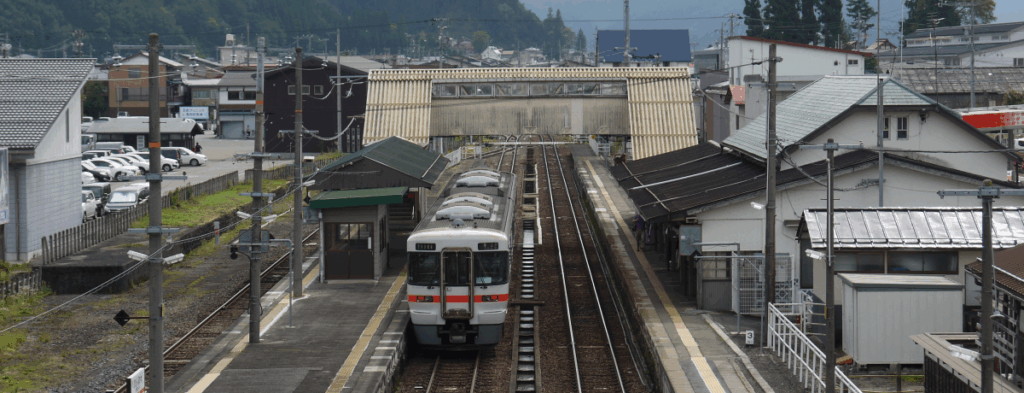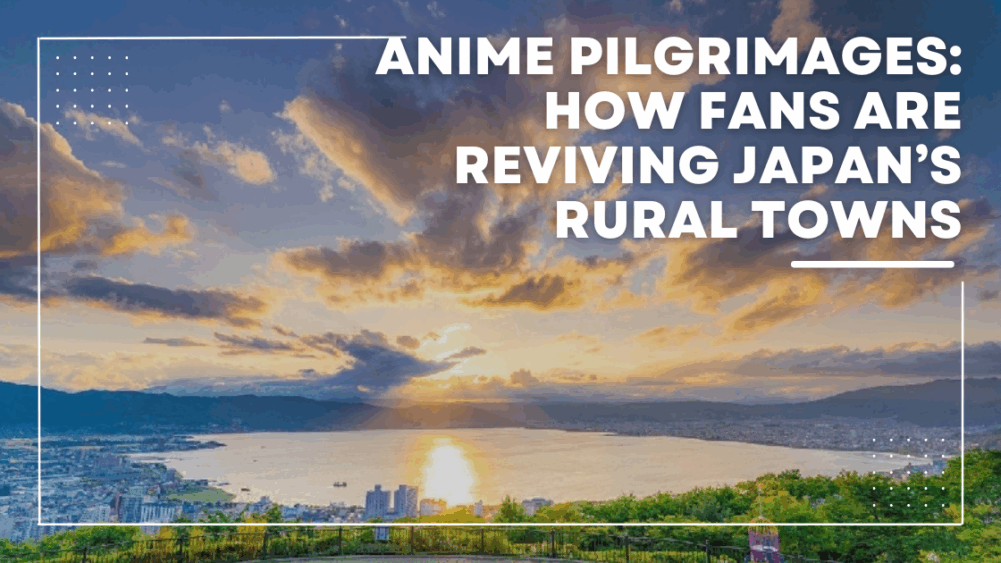Imagine traveling across Japan to stand on the same street where your favorite anime character once stood. For a growing number of fans, this isn’t just a dream — it’s a deeply personal journey. Known as seichi junrei, or “sacred site visits,” anime pilgrimages have become a major cultural phenomenon, drawing enthusiasts to the real-life locations featured in their favorite shows. More than a fan ritual, these trips are breathing new life into rural towns and forgotten communities across the country.
What Is Anime Pilgrimage?
Anime pilgrimage, or seichi junrei, refers to the act of visiting real-world locations that appear in anime, often down to the smallest detail. This trend gained mainstream attention in the late 2000s when fans of Lucky Star flocked to Washimiya Shrine in Saitama Prefecture, where the show’s characters were said to live. What began as a niche fan practice has since evolved into a passionate and organized form of cultural tourism, merging devotion, nostalgia, and exploration.
Economic Impact on Local Communities
These pilgrimages are more than just sightseeing — they bring real economic benefits. When Makoto Shinkai’s Your Name became a global hit, Hida City in Gifu Prefecture saw a surge in tourism. Visitors sought out scenes like Hida-Furukawa Station and the city library, both of which appear in the film. In Yamanashi Prefecture, Laid-Back Camp inspired fans to pitch their tents at real campsites featured in the series, boosting local outdoor tourism. Mie Prefecture, with locations tied to Clannad, and Chichibu in Saitama — the setting for Anohana: The Flower We Saw That Day — have also reported increased foot traffic and renewed interest from both domestic and international fans. Many local shop owners now offer themed goods and welcome events, while tourism boards embrace anime as part of their promotional strategies.


How Fans Experience These Pilgrimages
Modern fans don’t just visit — they document. Using specialized apps like Butaitanbou and fan-made maps, visitors track down anime scenes with remarkable precision. They often recreate shots for social media, take part in stamp rallies, and purchase exclusive local merchandise. Some locations even host fan meetups or seasonal events themed around particular series, turning quiet towns into vibrant hubs of pop culture celebration.
Is This Sustainable Tourism?
While anime tourism has clear benefits, it also raises concerns. Some towns have experienced minor issues with over-tourism or fan behavior that conflicts with local customs. Respect for residents and environmental preservation have become hot topics. In response, local governments have started implementing strategies to manage visitor flow, such as multilingual signage, designated photo spots, and partnerships with anime studios to ensure visitors understand the cultural context and expectations.
Why It Matters Beyond Fandom
At its heart, seichi junrei represents the deep emotional resonance anime holds for fans. These pilgrimages are not only about scenes and locations — they’re about connection. People travel halfway across the world to feel closer to a story that shaped their imagination. More importantly, anime tourism demonstrates how pop culture can directly influence travel, revive rural economies, and foster a shared sense of identity between locals and global fans alike.
Seichi Junrei Highlights by Series & Location
- Lucky Star — Washimiya Shrine, Saitama Prefecture
- Your Name — Hida City, Gifu Prefecture (Hida-Furukawa Station, Hida Library)
- Laid-Back Camp — Lake Motosu, Mt. Fuji, and various campsites in Yamanashi Prefecture
- Clannad — Ise City and Meoto Iwa in Mie Prefecture
- Anohana — Chichibu Bridge and Chichibu Shrine, Saitama Prefecture
- The Melancholy of Haruhi Suzumiya — Nishinomiya, Hyogo Prefecture
- Free! — Iwami Town, Tottori Prefecture
- Steins;Gate — Akihabara, Tokyo
- 5 Centimeters Per Second — Tokyo (JR Iwafune Station in Tochigi)
